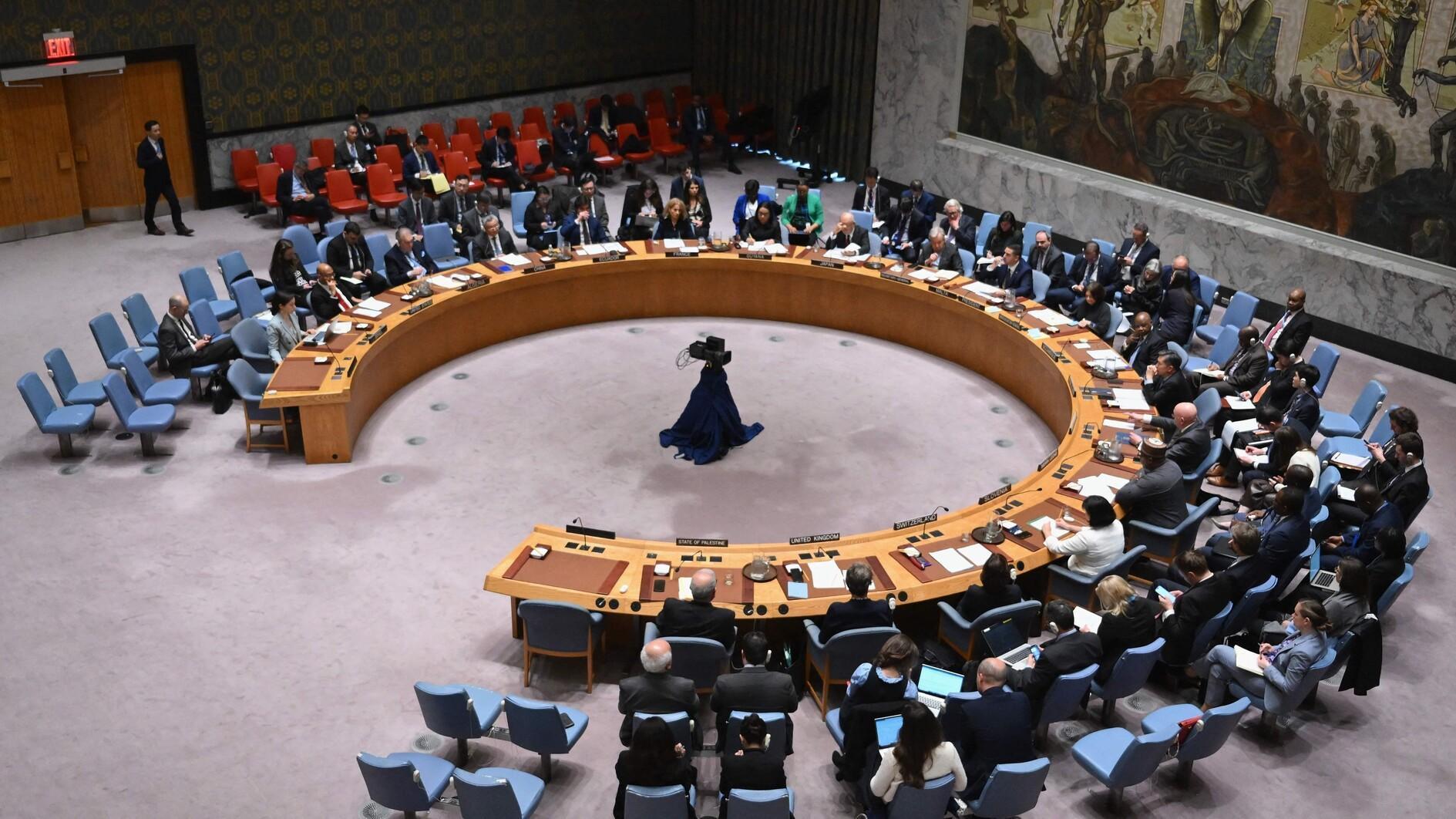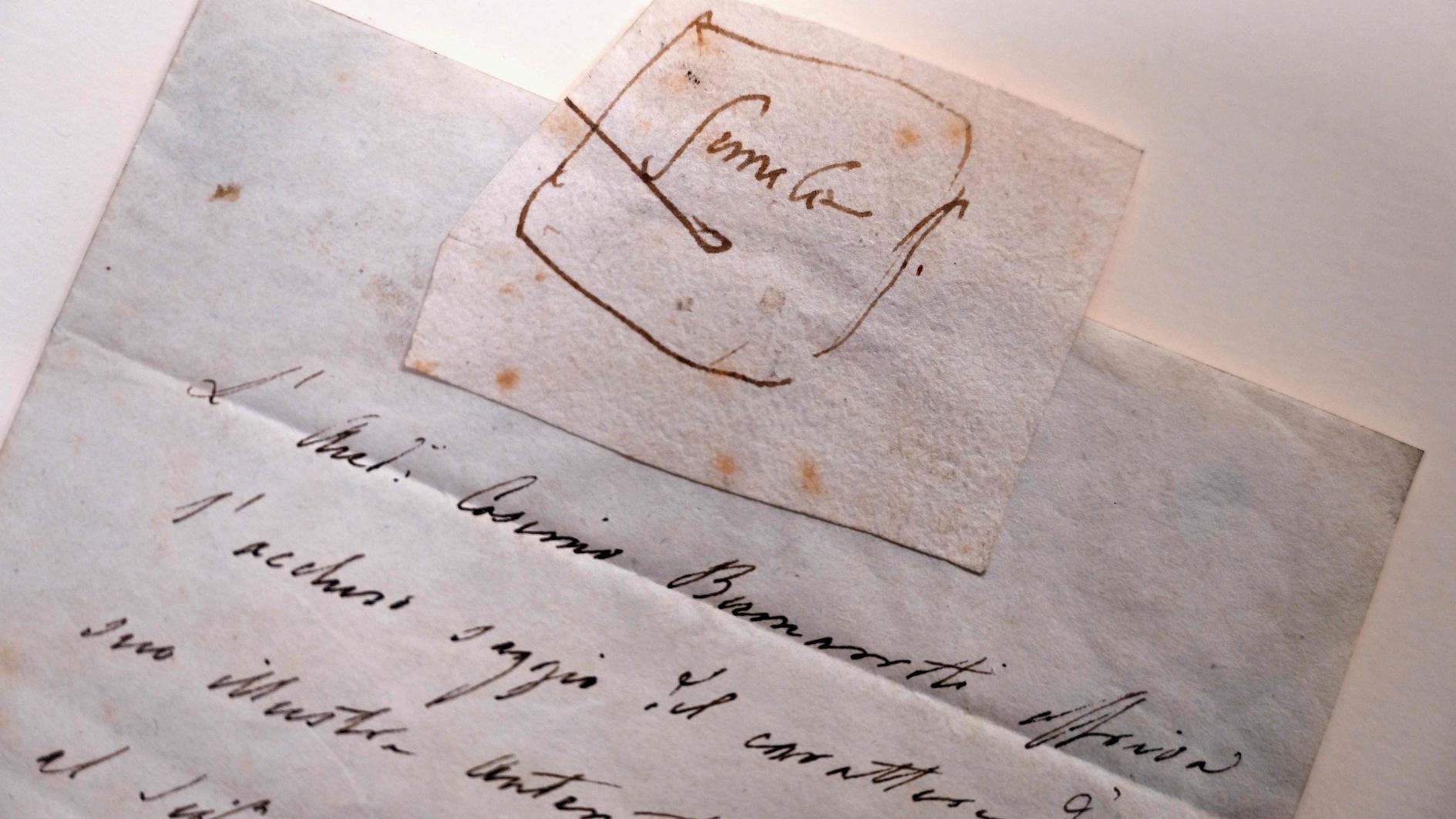A ‘low-cut’ headscarf
I put in an extra day, wondering what the reactions would be like. I waited, expecting someone to respond. But to no avail. Now I am throwing myself into the fire. Columnist Tuna Kiremitçi has done this somewhat furtively, somewhat warily, perhaps owing to the weight of his identity as a novelist. I will make this a bit more flashy.
A very interesting and equally important matter was the subject of Tuna Kiremitçi’s column in “Kelebek” last Monday. To put it summarily, here is the question: “Why are there no women wearing headscarves on television series?” Seriously, why is that the case? This was Esra Elönü’s response: “We have no ratings, man.”
Tuna Kiremitçi rightfully asks: “Alright, but what have you ever done for ratings?” Honestly, why do women with headscarves have no ratings in popular series? “Because,” Kiremitçi says: “You have not yet settled your accounts with the ‘dominant male’ mindset that wants to see you merely as idealized female saints.” Well put, yet incomplete.
You cannot just run away by blaming the dominant male. That is because he again related the issue to the dominant male cliché and left it lying there. Things are not so simple. Look around, but look closely. We now see columnists with headscarves. We also see them in some debate programs on television. They have penetrated universities and many other walks of life. Then why are they still absent from television series? Can we just parry this reality and explain it away by connecting it to the dominant male cliché?
Are you ready to affirm these questions?
How was the headscarf presented to us for years? As a symbol of faith, honesty and morals. There was a secret, however, that was known to all: When a headscarf is fastened on a head, those “human things” in a human’s character go through no special transformation. That may be the case, but things look different on the negative photo plane. It is not just the men, but also the women who were captivated by this cliché, this “female saint icon,” created either by themselves or by others. Do you have the guts? If you do, then let us throw in a little “saint test.” But I warn beforehand, if you lack the courage, then let it remain as a taboo. Are you also ready to see women wearing headscarves getting raped on television series? Are you also ready to watch women with headscarves who cheat on their husbands? Are you also ready to watch women wearing headscarves who kiss the men they love on television series? Are you also ready to watch women with headscarves who are bad, who murder, who steal, double-cross their friends and stab their daughters-in-law in the back? Attention; I am not directing the question solely toward the dominant male. I am also asking the women.
Perfect division of labor between women with and without headscarves
I am ready for this, but what of those people who spend their lives creating a “Madonna icon” and never breaking it? But not so fast; I am also realistic enough not to put the entire blame squarely on that world’s shoulders. There is also this side of the coin: Even if those people said, “Yes, we are ready,” are there any directors or producers who are ready to put bad women with headscarves on display in a television series? No such gutsy directors who could afford that kind of risk have graced our world with their presence yet. A director who shows a woman with a headscarf cheating on her husband could not even fathom what things would befall upon him and what crosses he would be crucified upon. But of course, things are different, if what you are after is a flawless division of labor, such as this one: Cheaters and double crossers will also come from among the ranks of women without headscarves, while women covering their heads with a scarf are only going to stand as virtuous, pure and chaste people representing honesty. Neither the laws of television economics nor the conscience of producers and audiences alike would come to accept such a division of labor.
Here is a piece of advice; you still take a close look at your surroundings. Look deep. If all women with headscarves that you have seen around are symbols of honor and morals and chastity, and you sincerely believe this to be true, then come around and try to convince me. I am open to every sincere idea. But please, don’t you take me for a fool and come around with such a mundane cliché as “All the people who pray and all the people who cover their heads are honest people.”











